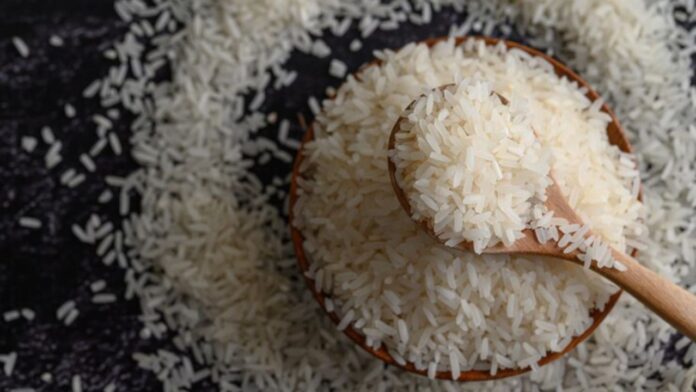The COVID-19 pandemic and resulting supply chain issues shed light on Fiji’s reliance on imported staple grains like rice from countries like China, Vietnam, and Thailand. This dependence on rice imports to meet local consumption needs prompted the Fijian government to embark on a mission to achieve rice self-sufficiency within 20 years.
Fiji had a robust domestic rice farming industry in the past, reaching peak production of 33,000 metric tons in 1987, enough to meet over half of local demand. However, after the 1987 coup led by military officer Sitiveni Rabuka, rice cultivation declined over the years as government subsidies and support for farmers were withdrawn. Domestic output fell to just 8,209 tons by 2020. Additionally, you can also read about- Top 20 Rice Producing Countries in the World [2023 Updated]
Besides past political instability, achieving rice self-sufficiency now faces difficulties like changing eating habits towards more rice consumption and a shortage of farming labor and mechanization. A government program called “We Rice Up” aims to increase yields through initiatives like Chinese development assistance.
China has provided modern rice varieties, training for thousands of Fijian agricultural workers, and recently sent six experts to introduce mechanized rice farming methods. However, some worry this foreign aid may create a long-term reliance on Chinese knowledge and equipment inputs. More government subsidies and attracting youth into the rice farming industry could help alleviate dependency.
You May Find Interest: 5 Calcium-Rich Food Options that can Promote Heart Health


















![10 Countries With the Best Healthcare in the World [Statistical Analysis] Countries With the Best Healthcare in the World](https://articleify.com/wp-content/uploads/2025/07/Countries-With-the-Best-Healthcare-in-the-World-1-150x150.jpg)










